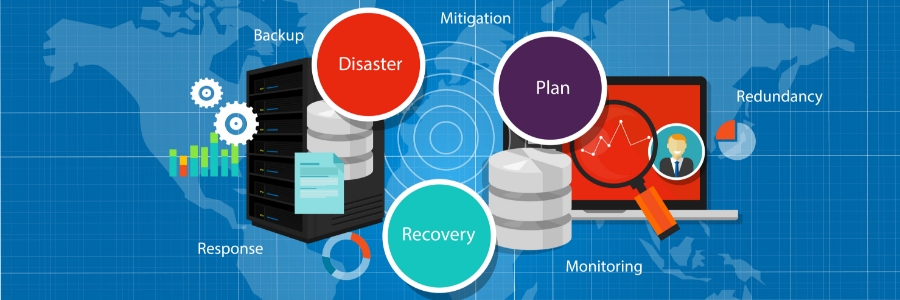Ditch the rigid IT infrastructure — 2024 is all about flexibility and cost-efficiency. Serverless computing lets you focus on your core business without managing servers, while pay-as-you-go models free you from upfront investments. It's like a playground for innovation, where you only pay for what you use and scale your resources up or down as needed.
7 Cloud strategies for 2024 to help you innovate, optimize, and protect
2024 technology trends: What you need to know
Protect your cloud data with these simple steps

Individuals and businesses alike are increasingly relying on cloud services to store, access, and manage their data. While the convenience of cloud computing is undeniable, it comes with a set of security challenges. With cyberthreats constantly evolving and getting numerous, it’s more crucial than ever for users to stay ahead of the curve and ensure the safety of their cloud data.
Busting cloud computing myths: Separating fact from fiction

Despite its widespread adoption, cloud computing is still surrounded by some misconceptions and myths that may prevent business owners from fully embracing its potential. In this blog article, we will debunk the top cloud computing myths and shed light on the realities, enabling business owners to make informed decisions about their cloud strategies.
The ultimate guide to reducing cloud expenses

While cloud services offer unmatched scalability and flexibility, they can also lead to unforeseen expenses if they’re not managed efficiently. For business owners seeking to maximize their ROI, keeping cloud costs down is essential. In this blog post, we will explore some proven strategies to help businesses optimize their cloud spending without compromising on performance or security.
Cloud service models: Which one is right for your business?

If you're in the market for cloud services, you've probably already realized that there is no one-size-fits-all cloud solution for businesses. Every organization has unique needs and requirements. To identify the best cloud service model for your business, it's important to understand the different types of cloud-based services and what features are crucial to your operations.
When to use Groups, Teams, and Yammer

In the digital age, businesses and organizations have a variety of collaboration tools at their disposal. With so many options available, it can be challenging to determine which tool is best suited for specific tasks and goals. Three commonly used tools in the Microsoft ecosystem are Groups, Teams, and Yammer.





